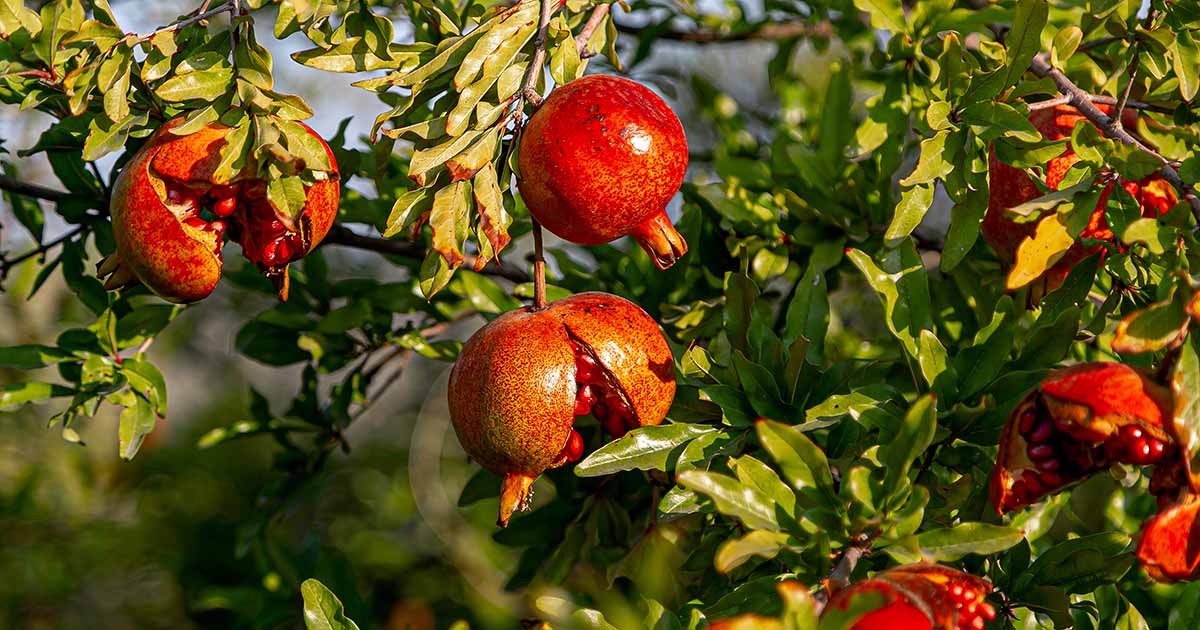

The primary objective of the breeding program was to develop replacements for the early maturity season cultivars Dixon and Andross.

The University of California at Davis (UCD) has maintained a processing peach breeding program since the 1980s with the support of the California cling peach growers and processors. Leaves are medium-to-dark green, with globose leaf glands. Tree form is semi-upright, with vigor and branch architecture similar to ‘Andross’. Trees have proven to be consistently productive during more than 12 years of continuous commercial evaluation in environments with 700 h or more of winter chilling. Fruit possess good firmness and color very similar to that of the commercially important cultivar Andross.

During long-term commercial evaluations, fruit demonstrated very good harvest, postharvest, and processing quality, with low proportions of the undesirable endocarp or pit splitting and the associated red anthocyanin staining of fruit flesh, as occurs in many cultivars of this maturity. Ripening time occurs during the commercially important ‘Dixon’ period, ≈6 d before that of ‘Fay Elberta’. Evaluated as selection ‘90,9-116’, it was derived from a cross between breeding selection ‘R1-1’ and the University of California, Davis, cultivar Ross, which had ‘Dixon’, ‘Elberta’, and PI 292557 in its lineage. ‘Kader’ peach produces a clingstone, nonmelting fruit suitable for processing or fresh market. Keywords: breeding fruit genetic-improvement fruit brown-rot disease uniform-harvest


 0 kommentar(er)
0 kommentar(er)
